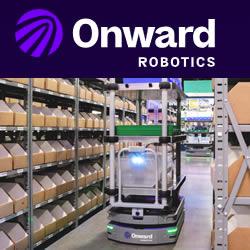Robot to throw first pitch at Phillies game
PhillieBot for Cy Young? It's unlikely. But the one-armed, three-wheeled robot, designed by engineers at the University of Pennsylvania, will throw out the ceremonial first pitch before Wednesday's game between the Philadelphia Phillies and Milwaukee Brewers as part of Science Day festivities at Citizens Bank Park, said Evan Lerner, a spokesman for Penn's engineering school. The pitching robot has been in the makings for a month and a half as Penn engineers Jordan Brindza and Jamie Gewirtz assembled parts and wrote software in their spare time, Lerner said. They started with a Segway, gave it a robotic arm and added a third wheel. They also gave it a pneumatic cylinder, which delivers a burst of compressed carbon dioxide to power the pitch. The robot's computer brain can be tweaked to change pitch velocity and trajectory. On Monday, Brindza and Gewirtz took PhillieBot out to the mound for its final test, The Philadelphia Inquirer reported. After the press of a button, the robot's mechanical arm reared back and then moved toward home plate; at the top of its delivery, it flicked its mechanical "wrist" and shot the ball forward. The ball appeared to be traveling no more than 30 or 40 miles an hour, the Inquirer reported. But that was by design, since the Phillies didn't want the pitch approaching Major League speeds.
Comments (0)
This post does not have any comments. Be the first to leave a comment below.
Featured Product

